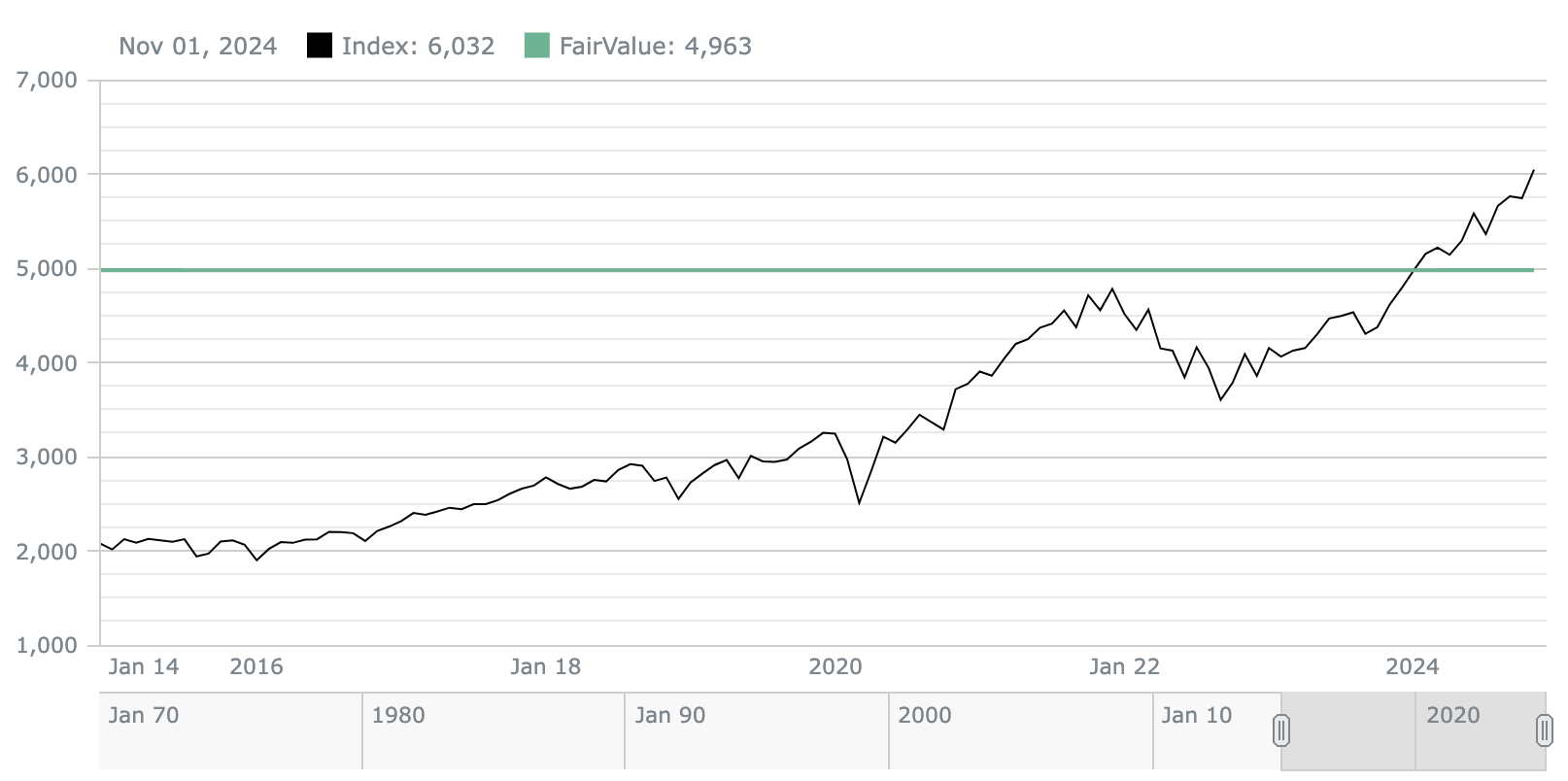Valuation is a cornerstone of investment decision-making, helping investors assess whether an asset is overvalued, undervalued, or fairly priced. Among the various valuation methodologies, intrinsic value and discounted cash flow (DCF) analysis stand out for their focus on the underlying financial fundamentals of an asset. Although they share common principles, these approaches differ significantly in their applications, assumptions, and methodologies. This article provides a detailed comparison of intrinsic value and DCF analysis, along with their applications in various investment scenarios.
What is Intrinsic Value?
Intrinsic value refers to the perceived or calculated true value of an asset based on its inherent characteristics and fundamentals, such as cash flows, growth potential, and risk. It represents what an asset is worth independently of its current market price. Intrinsic value is a broad concept that can be determined using various approaches, including:
- Asset-Based Valuation: Assessing the net value of an entity’s assets.
- Earnings-Based Valuation: Relying on metrics like price-to-earnings (P/E) ratio.
- Discounted Cash Flow Analysis: A common method under the umbrella of intrinsic value, which involves forecasting future cash flows and discounting them to their present value.
Explore our most popular stock fair value calculators to find opportunities where the market price is lower than the true value.
- Peter Lynch Fair Value – Combines growth with valuation using the PEG ratio. A favorite among growth investors.
- Buffett Intrinsic Value Calculator – Based on Warren Buffett’s long-term DCF approach to determine business value.
- Buffett Fair Value Model – Simplified version of his logic with margin of safety baked in.
- Graham & Dodd Fair Value – Uses conservative earnings-based valuation from classic value investing theory.
- Intrinsic vs. Extrinsic Value – Learn the core difference between what a company’s really worth and what others pay.
- Intrinsic Value Calculator – A general tool to estimate the true value of a stock, based on earnings potential.
- Fama-French Model – For advanced users: Quantifies expected return using size, value and market risk.
- Discount Rate Calculator – Helps estimate the proper rate to use in any DCF-based valuation model.
What is Discounted Cash Flow (DCF) Analysis?
DCF analysis is a specific and widely used method to calculate the intrinsic value of an asset. It involves the following steps:
- Projecting Future Cash Flows: Estimating the cash inflows and outflows an asset or business will generate over a specific time horizon.
- Determining the Discount Rate: Using the weighted average cost of capital (WACC) or an appropriate required rate of return to account for time value and risk.
- Calculating Present Value: Discounting the projected cash flows back to their value today.
- Summing the Results: Aggregating the discounted cash flows to arrive at the net present value (NPV), which represents the asset’s intrinsic value.
💡 Discover Powerful Investing Tools
Stop guessing – start investing with confidence. Our Fair Value Stock Calculators help you uncover hidden value in stocks using time-tested methods like Discounted Cash Flow (DCF), Benjamin Graham’s valuation principles, Peter Lynch’s PEG ratio, and our own AI-powered Super Fair Value formula. Designed for clarity, speed, and precision, these tools turn complex valuation models into simple, actionable insights – even for beginners.
Learn More About the Tools →Key Differences Between Intrinsic Value and DCF Analysis
| Aspect | Intrinsic Value | Discounted Cash Flow Analysis |
|---|---|---|
| Definition | The broad concept of true worth is based on fundamentals. | Specific methodology for calculating intrinsic value. |
| Scope | Encompasses multiple valuation methods. | Focuses solely on cash flow projections. |
| Data Dependency | Varies depending on the chosen method. | Relies heavily on accurate cash flow forecasts and discount rates. |
| Complexity | Can be simple or complex depending on the method. | Often complex due to detailed projections. |
| Flexibility | Allows for qualitative and quantitative factors. | Primarily quantitative, based on financial metrics. |
| Assumptions | Varies by approach; less rigid in some cases. | Highly sensitive to assumptions like growth rates and discount rates. |
| Applications | Used in diverse scenarios, including asset valuation and market comparison. | Primarily used for long-term investment analysis. |
Applications in Investment Scenarios
- Stock Valuation:
- Intrinsic Value: Investors use intrinsic value to determine whether a stock is undervalued or overvalued compared to its market price.
- DCF Analysis: Often employed for growth stocks where future cash flows are a primary driver of value.
- Real Estate Investments:
- Intrinsic Value: This may involve assessing the replacement cost of a property or its rental income potential.
- DCF Analysis: Commonly used to evaluate the present value of future rental income streams.
- Private Equity and Venture Capital:
- Intrinsic Value: Qualitative factors such as market positioning and management strength play a significant role.
- DCF Analysis: Useful for mature startups or established businesses with predictable cash flows.
- Bond Valuation:
- Intrinsic Value: Focuses on the bond’s coupon payments and principal repayment.
- DCF Analysis: Applied to discount future payments to assess fair value.
- Mergers and Acquisitions (M&A):
- Intrinsic Value: Helps buyers and sellers negotiate a fair transaction price.
- DCF Analysis: Provides a detailed estimate of the target company’s value based on future cash flow potential.
Strengths and Weaknesses of Each Method
Intrinsic Value
- Strengths:
- Offers flexibility and adaptability to different asset classes.
- Considers both qualitative and quantitative factors.
- Weaknesses:
- Results can vary significantly depending on the chosen methodology.
- Prone to subjectivity when qualitative inputs dominate.
DCF Analysis
- Strengths:
- Provides a detailed and structured approach to valuation.
- Focuses on cash flow generation, a key determinant of value.
- Weaknesses:
- Highly sensitive to input assumptions, leading to potential inaccuracies.
- Requires significant data and forecasting expertise.
Choosing the Right Approach
The choice between intrinsic value and DCF analysis depends on the investment context:
- Use Intrinsic Value when assessing a wide range of assets or when qualitative factors, such as brand strength or market dynamics, significantly influence value.
- Opt for DCF Analysis in scenarios where cash flow predictability and detailed financial modeling are essential, such as valuing growth companies or capital-intensive projects.
In summary, intrinsic value and DCF analysis are both indispensable tools in the investor’s toolkit, each with its strengths, limitations, and ideal applications. While intrinsic value provides a broad and adaptable framework, DCF analysis offers a precise and cash-flow-centric perspective. A thorough understanding of both methods allows investors to make informed decisions, tailoring their approach to the unique characteristics of each investment opportunity. By combining these methodologies, investors can enhance their ability to uncover value and achieve their financial objectives.
FAQs
- What is the main difference between intrinsic value and DCF analysis? Intrinsic value is a broad concept representing the true worth of an asset, while DCF analysis is a specific method used to calculate intrinsic value by projecting and discounting future cash flows.
- When should I use DCF analysis over other valuation methods? DCF analysis is best used when an asset has predictable cash flows, such as in growth stocks, real estate, or capital-intensive projects.
- How reliable is DCF analysis for volatile or early-stage companies? DCF analysis can be challenging for volatile or early-stage companies due to the difficulty in accurately projecting cash flows and determining an appropriate discount rate.
- Can qualitative factors influence intrinsic value calculations? Yes, qualitative factors like brand reputation, management expertise, and market positioning can significantly impact intrinsic value, especially in industries driven by intangible assets.
- How do market conditions affect intrinsic value and DCF analysis? Market conditions can influence discount rates and growth assumptions in DCF analysis and may shift perceptions of intrinsic value, particularly during periods of economic uncertainty.







Peter
Great breakdown of intrinsic value vs. DCF analysis! Understanding the nuances between these two methods is crucial for accurate valuation. For investors looking for a tool to simplify these calculations, I’ve found [FairValue Calculator](https://www.fairvalue-calculator.com/en/intrinsic-value-vs-discounted-cash-flow-analysis/) helpful—it streamlines the process with clear metrics. Thanks for sharing this detailed comparison!